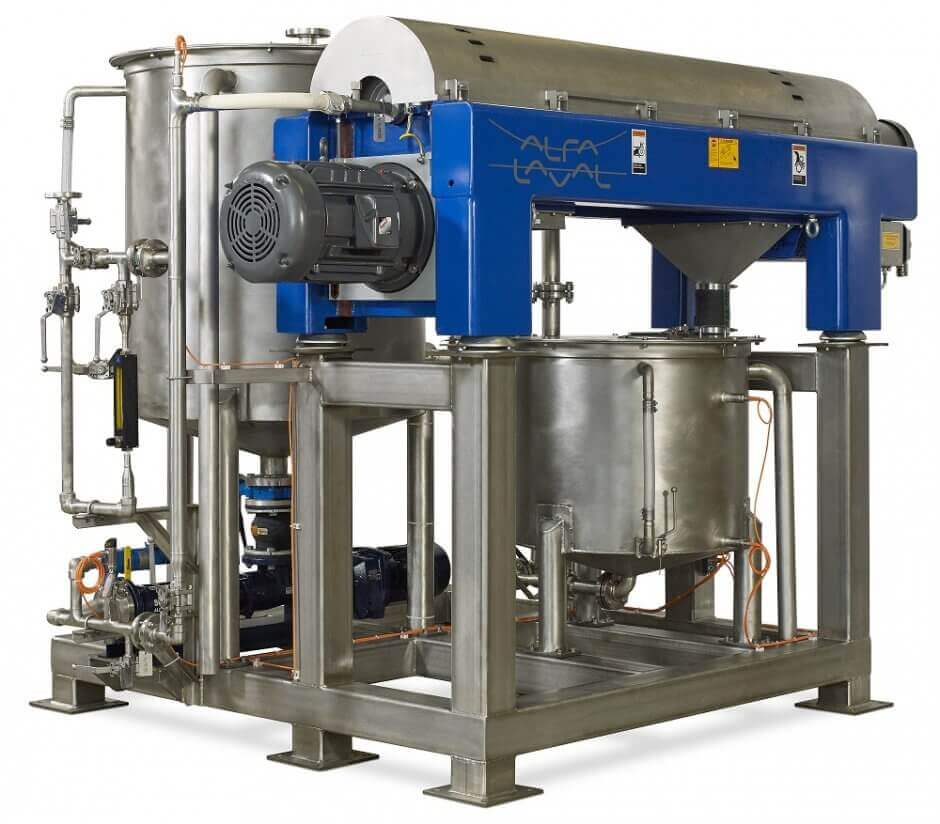What is degumming?

The ExPress® process yields a high quality, highly nutritious oil that can be used as an energy source for many different animals. The value of crude ExPress® oil can be increased by various methods as discussed in a previous blog. Degumming is an economical means to remove the gums present in the oil to create a crude, degummed oil which can be sold to the global market. Let’s explore what gums are and how/why you would remove them.
What are gums?
Gums are a common term for phospholipids. Phospholipids are various solid compounds and can be classified as either hydratable (able to mix and bond with water) or non-hydratable (not able to mix and bond with water). All crude oil contains gums which need to be removed if the oil is to be sold for food use. If they are not removed, the high temperatures involved in cooking can cause quality problems in the oil. As an example, if you were to use crude soy oil straight from the oil press for deep frying, the oil would froth and foam and would be unstable for use.
Water degumming
The hydratable gums can be removed with a process called water degumming. To begin, hot water is added to the oil and thoroughly mixed. The water and oil should both be hot in order to promote flow and bonding (i.e. to lower viscosity). The water molecules bond with the hydratable gums to create a larger mass of material. This particle is much larger than the gums itself and can then be removed via a filter press or vertical disk-stack centrifuge. The amount of water used will vary depending on the amount of gums present in the oil.
Chemical degumming
Water degumming will only remove the hydratable gums. It could be possible that even if an oil undergoes water degumming, the final gums (phosphorus) count may be higher than desired. This matters when trying to achieve certain global trading standards. If this is the case, chemical degumming may be required. Typically, phosphoric acid is used to help break these non-hydratable gums down so they can then be effectively removed in a centrifuge.
Beyond degumming
The degumming process is the first step towards refining. This process includes degumming, bleaching, and deodorizing. The end result is a fully refined (RBD) oil. Additionally, degumming also enables lecithin production as a way to further increase the value of the gums. As more processes are added, capital costs will increase, so these decisions should be justified before pursuing them. For these inquiries, we have partnered with Alfa Laval. As a global leader in the industry, we would be happy to arrange a conversation with them to discuss any oil processing needs.

